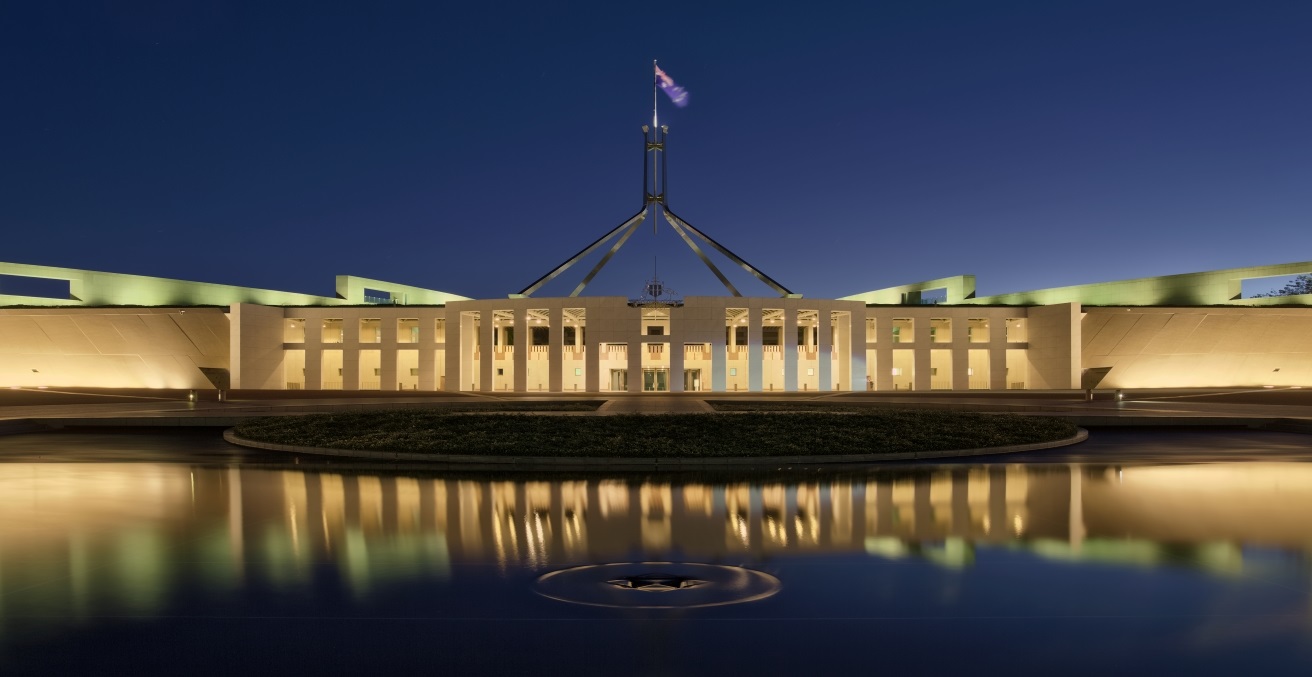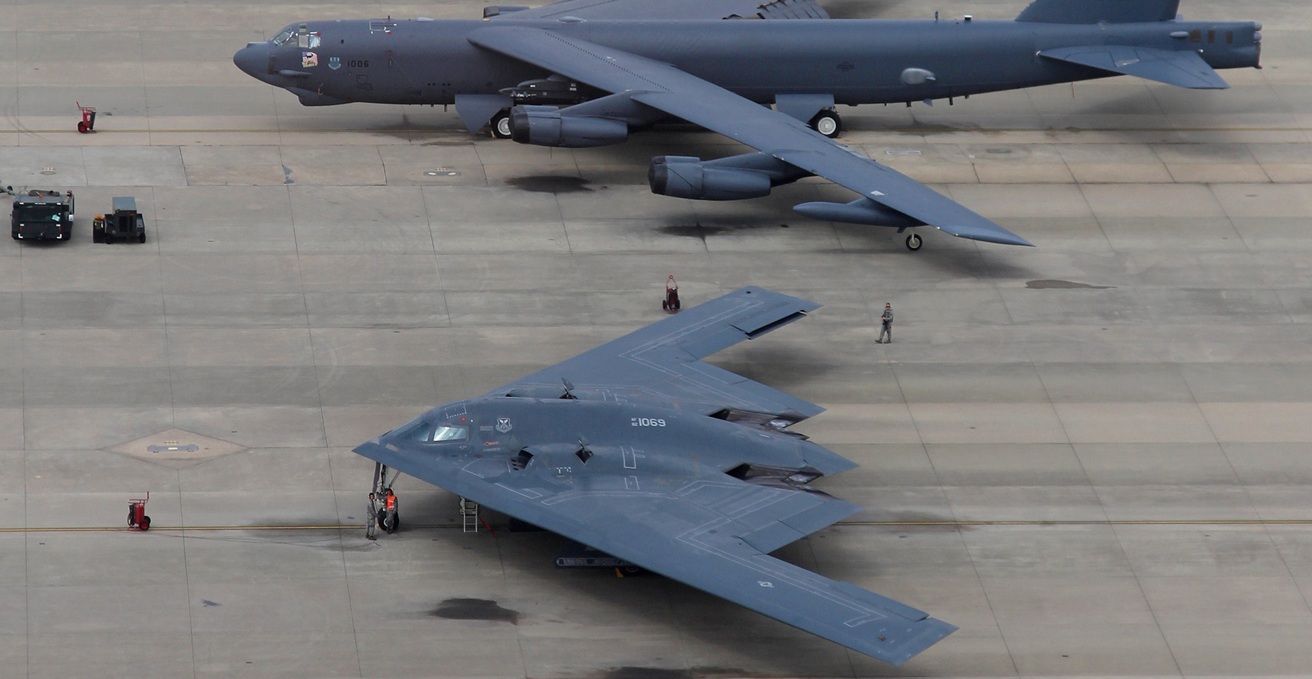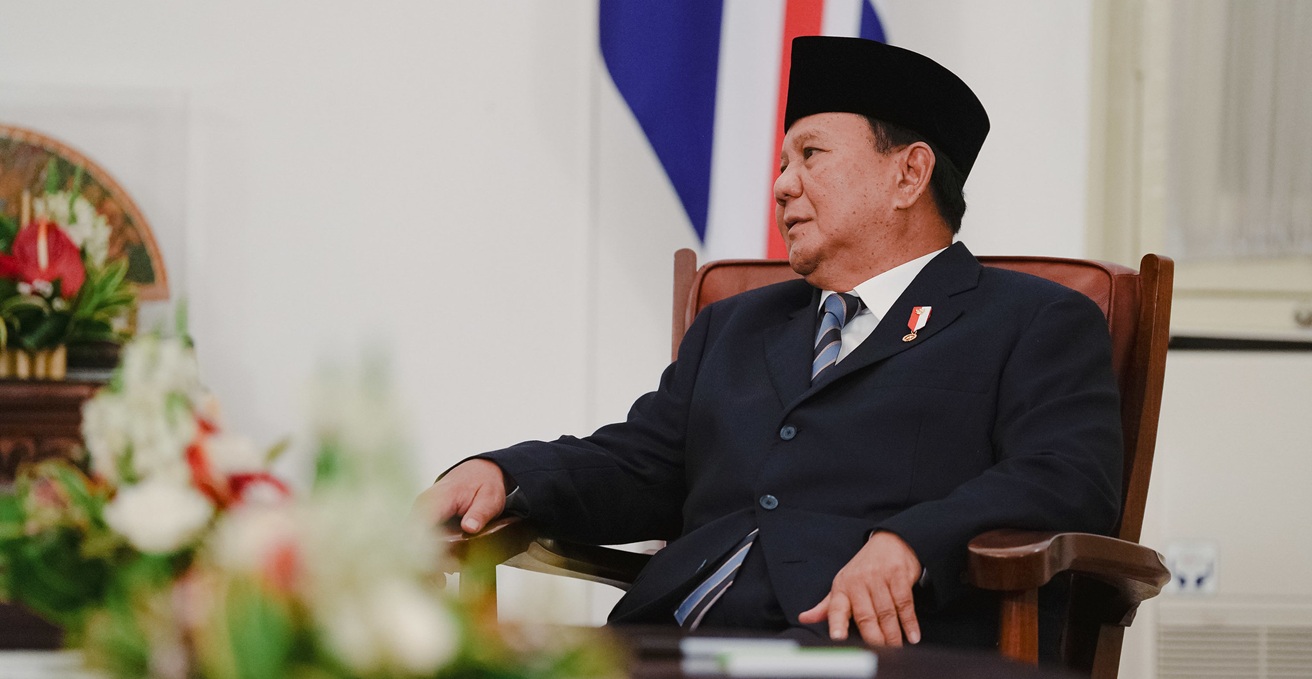The Trump campaign war cry “we will drill, baby, drill” could lead to a resurgence of oil and gas (O&G) exploration and production in the South China Sea when (and not if) President-elect Donald Trump removes obstacles to O&G production currently in place in the United States. It may also add to the existing commercial bulwark the United States and its allies in the region already possess to deter China’s attempts to seek hegemony over the South China Sea.
The O&G industry in the West, including the US, has run into a number of obstacles, driven primarily by carbon reduction policies. These obstacles have included moral suasion by President Joe Biden who at least in public declared that he would make life difficult for O&G companies. While it is true that US oil production and O&G company profits “have broken records” in the last three and a half years, it would be safe to say that an overtly hostile regulatory environment at home in the United States would not have been conducive to exploration, both within and outside the US.
Trump’s return however promises to change all that, and O&G exploration and production activity in the South China Sea may be a direct beneficiary. The US Energy Information Administration says “the South China Sea is underexplored because of territorial disputes,” and while it is true that these disputes have often involved littoral states, China’s claims over most, if not all, of the South China Sea is today the conflict of greatest concern. It is that conflict that is the primary cause of disruption to O&G activities. China’s disruption of Petronas exploration activities off the coast of Sarawak, Malaysia, is a case in point.
Herein lies an intersection of US commercial and geopolitical priorities that is often overlooked. While much has been incorrectly said of the Trump administration’s withdrawal of US influence from the South China Sea, the extent of US commercial interests in South East Asia means that the US is ever present in the region regardless of who the president is. ExxonMobil, for example, has a significant interest in Vietnam’s largest gas field, Blue Whale, which was gained via an agreement with the Vietnamese government in 2009. A final investment decision has been delayed, but the interest is significant to Vietnam’s economic interests, and it is in waters contested by China.
Further south, ExxonMobil has significant production sharing contracts (PSCs) with Malaysia’s national oil and gas company, Petronas, over oil and gas assets in the Malay Basin. While the Malay Basin lies outside the Nine-(now Ten) Dash Line and is in uncontested waters, it will not be immune from disruption caused by any conflict in the area. Another US company, Hess Corporation, is also active in the Malay Basin. Its operations include an interest together with Petronas in a gas field in the Malaysia-Thailand Joint Development Area.
Further down south, in Singapore, ExxonMobil has extensive mid and downstream assets that probably rely on production from the Malay Basin for feedstock which is likely to be conveyed via sea, and thus vulnerable to China’s interference.
To the left, and on the other side of the South China Sea, yet another US company, ConocoPhillips, has a significant operating interest in three PSC contracts with Petronas offshore in the east Malaysian states of Sabah and Sarawak. It also has significant non-operating interests in four other PSCs.
Servicing all of the above are a range of US O&G companies like Haliburton and Baker Hughes, with ongoing corporate relationships and specialist services.
Given the above it should be obvious that the US has been engaged, and will remain engaged, in the South China Sea regardless of Washington politics, for so long as the country remains market-driven. Trump’s presidency means a further convergence between business and politics, for as Black Swan author Nassim Nicholas Taleb put it, Trump is still a businessman. Given the fact that the South China Sea remains relatively underexplored, and given a likely deficit in the supply of oil vis-à-vis demand, it is likely that Trump’s call to “drill baby drill” will extend to US-controlled assets overseas, especially in areas like the South China Sea where approvals are very unlikely to be delayed by environmental or other legal challenges, and where national oil companies in need of oil and gas revenue may well provide financing.
Of course, in doing so, the existing latticework of commercial and political relationships that US oil companies have established with Southeast Asian nations are more than likely to be enhanced, providing perhaps the surest means of deterring and pushing back against China’s ten-dash line territorial claims.
Energy consultancy Wood McKenzie predicted in August 2023 that “exploration spend[ing] (excluding appraisal) will recover from historic lows to average US$22 billion per annum in real terms over the next five years.” Trump’s “drill baby drill” war cry is more likely than not to at least confirm that prediction, and that will very likely enhance the prospects of O&G services providers in Malaysia, Singapore, and the rest of ASEAN.
These conclusions are not hard to comprehend. To borrow again from Nicholas Taleeb, Trump makes sense to a grocery store owner if not the academic, policy analyst or newspaper climate change columnist.
Ganesh Sahathevan ERP, MGis (UNE) Grad Dip Spatial Info (UNSW) Director, Centre for Industrial Research Pty Ltd, Sydney, Australia. CFRI provides research on the business and politics of this region with a particular emphasis on the oil, gas and renewables industry.
This article is published under a Creative Commons License and may be republished with attribution.




